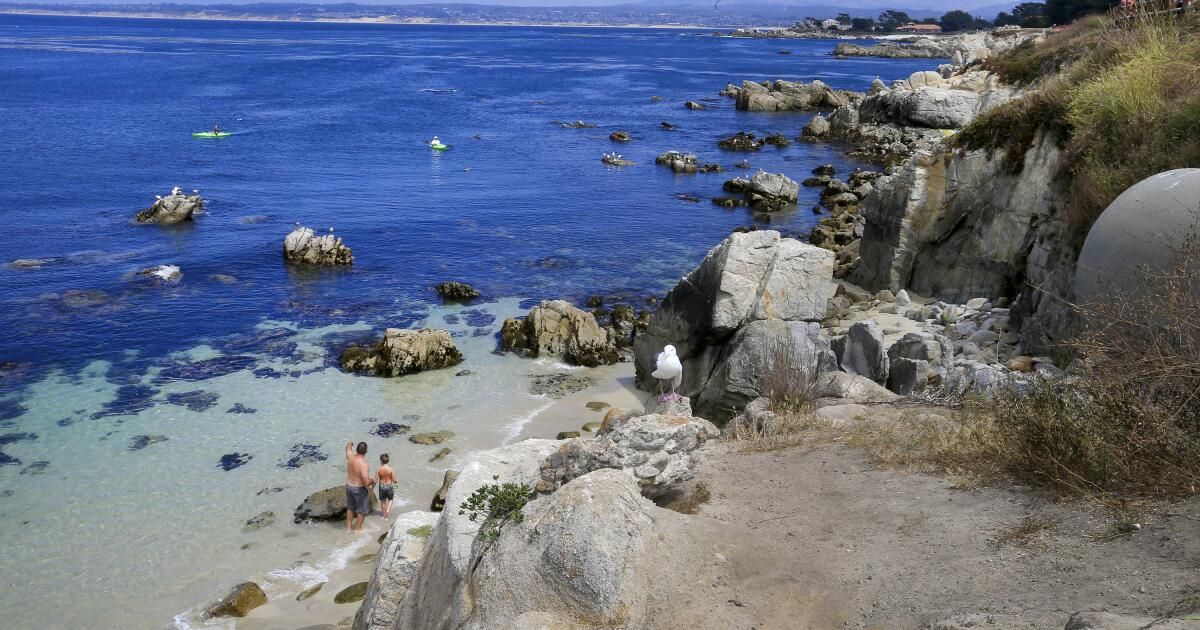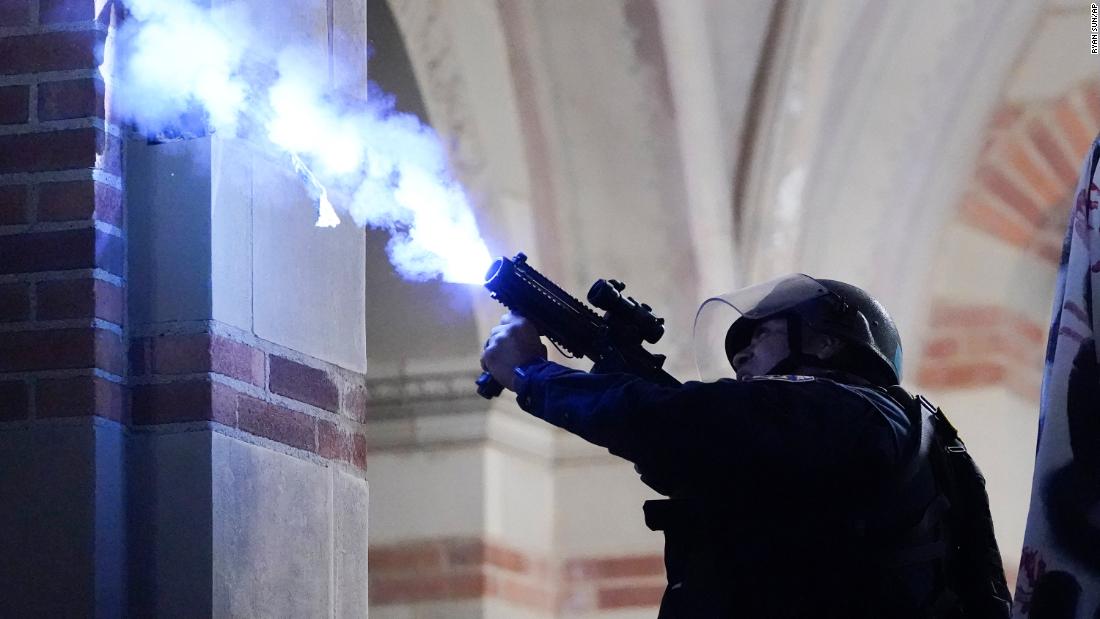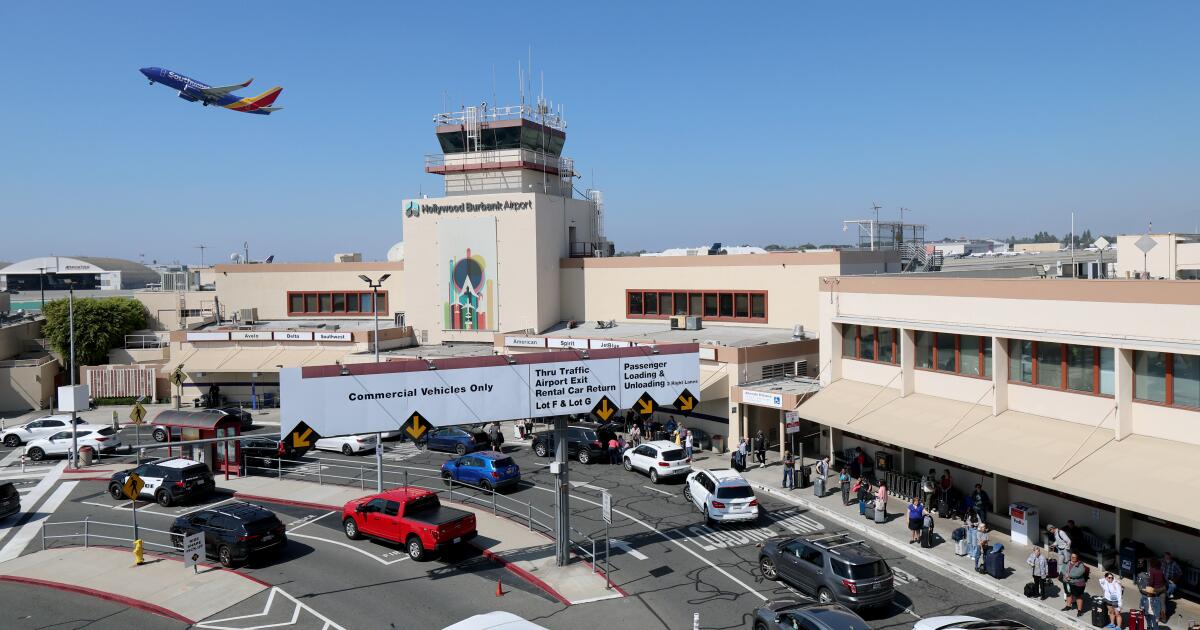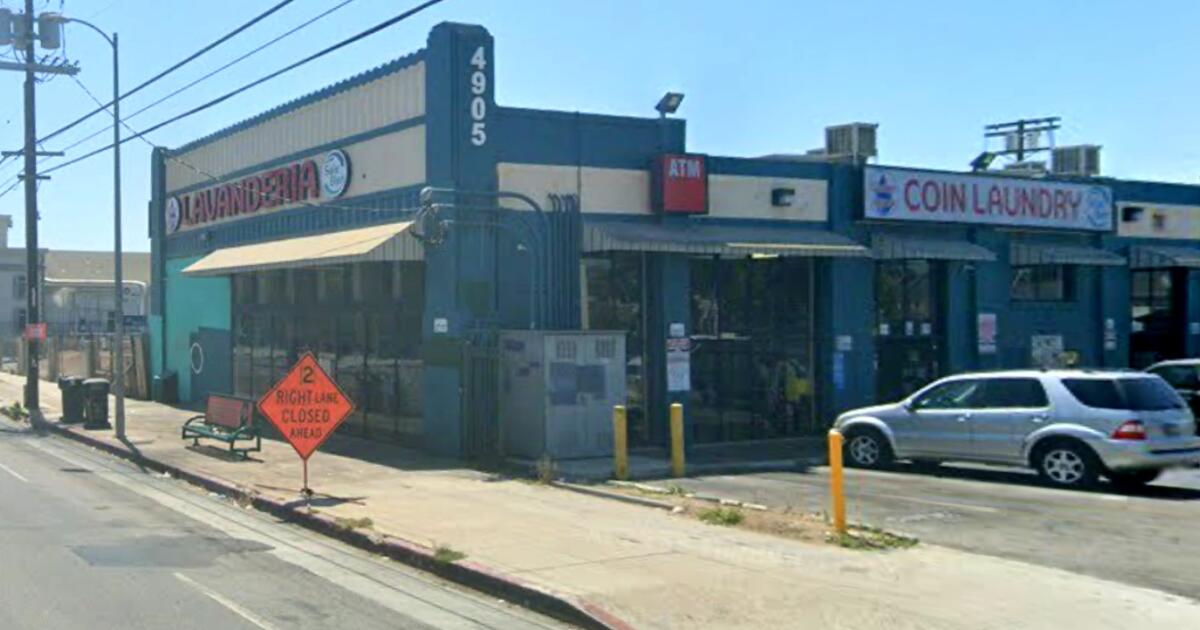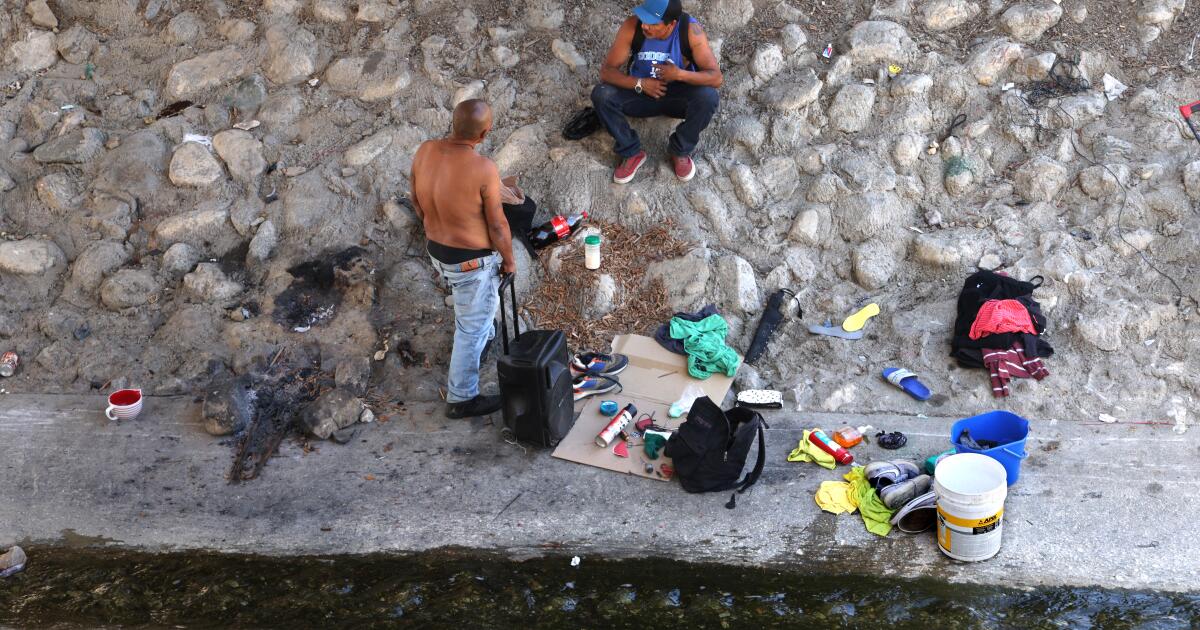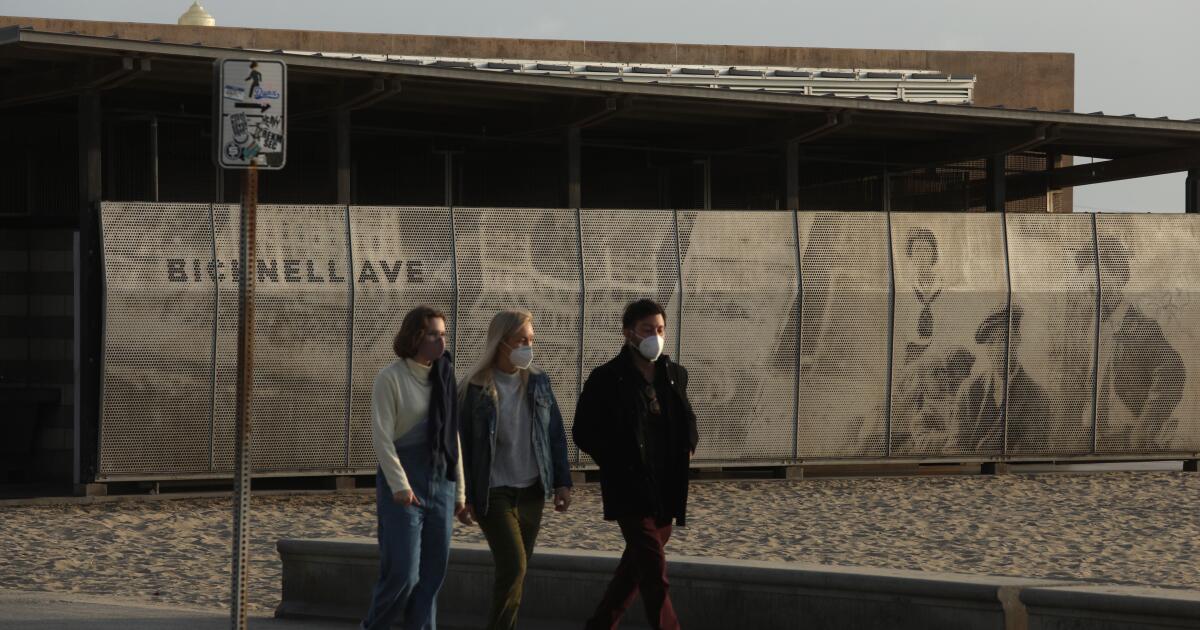The Pacific Fishery Management Council on Thursday will consider choosing among several areas off Monterey Bay to protect in order to restore and preserve deep-sea corals that create habitat for marine creatures.
The council will decide at a meeting Thursday whether to protect deep-sea corals from bottom fishing gear in underwater areas known as Sur Ridge or Año Nuevo or Ascension canyons or all three. The panel is one of eight federally created councils that operate under the National Oceanic and Atmospheric Administration.
The restoration efforts were prompted by an incident in 2016, in which a 528-foot dry dock, a structure used to contain a ship for drainage, was being towed from Washington state to Mexico to be recycled, according to Karen. Grimmer, Resource Protection Coordinator, Monterey Bay National Marine Sanctuary.
Due to towing problems, the dock was released in Pioneer Canyon, about 40 miles off the coast of San Francisco Bay, crushing deep-water corals in the area. The latest efforts would focus on restoring deep-sea corals at other sites to make up for the 2016 loss.
The sites considered, which are in areas essential for fish habitat conservation, are already protected from bottom trawling, which involves dragging a fishing net along the ocean floor. However, they are not protected from other traps, bottom contact equipment or pots.
Sur Ridge encompasses 36.64 square nautical miles, Año Nuevo Canyon is 6.5 square nautical miles, and Ascension Canyon is 2.96 square nautical miles off the coast of California. Depths range from 1,574 to 5,118 feet.
Grimmer said the project could take up to 10 years because deep-sea corals take a long time to grow. To help the coral grow back, branches of healthy coral should be cut and replanted elsewhere.
“We really want to understand more about their biology and their ecology to better understand their role in a healthy ocean ecosystem, because they provide and contribute to the ecosystem, including habitat for fish and invertebrates,” he said.
According to Grimmer, the agencies also want to work with fishermen to limit the impacts the project may have on fisheries. With this in mind, this is why they selected very deep areas because there are very few fisheries at that depth.
“Our intention is to try to find areas that have the least impact on fishermen so that they can have their fishing areas and opportunities and we can also restore and protect the corals,” he said. “I think there's a way to do both.”

